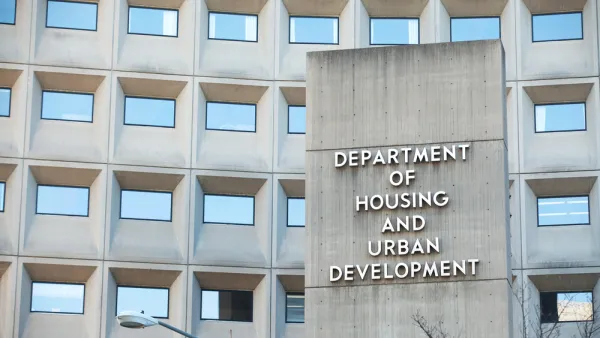There’s a reason land ownership is a matter of public record—but at the moment the records we have aren’t actually doing the job.

As we continue to grapple with the high cost of housing for renters and would-be homebuyers, knowledge of who owns properties can be a valuable tool for developing strategies to promote affordability. Much attention has been paid to the role of institutional investors in the single family housing market and the impact of COVID-19 on so-called mom and pop landlords—shorthand for non-corporate owners—and their interest in and ability to continue their businesses. Common to both storylines: an implicit recognition that who owns a property can dictate what happens to it.
Ownership scale and physical proximity of the owner’s address to his or her portfolio are important indicators of opportunities to engage on property- and local-level concerns. For those reaching out to owners to partner on preserving affordability of rental properties, for example, working with a cohort of owners or managers controlling a dozen properties each will have far more impact than working with a group of owners responsible for only one or two properties. A community concerned about a property with repeat code violations might want to know about other properties under the same owner to keep close tabs on those homes as well. And a jurisdiction’s response to violations may differ between a non-local, large-scale owner using neglect as a business strategy and an individual owner with a second property nearby that has fallen into disrepair because of cash flow problems or lack of business acumen.
Publicly accessible records of ownership are the key to being able to develop effective policies and programs. But it’s not easy. Nobody checks a box anywhere indicating a particular type of ownership, and many investors actively try to hide their activities.
Why Land Ownership Records Are Public
One of the earliest public records of land ownership is the Domesday Book, which cataloged landholding in England in 1086. While it was designed to provide William the Conqueror with an assessment of the country’s wealth in order to levy taxes, it also served to provide landowners with unimpeachable proof of their claims to their land. As land was sold, passed down, leased, subdivided, aggregated, encumbered, and otherwise transacted over time, clear chain of title open for all to see—that is, in the public record—was in the interests of individual owners and society at large. Publicly recording all of these things meant that competing claims to land could be resolved by reviewing the history, and fraud would be minimized.
The practice of public recordation in the United States is as old as the Plymouth Colony, which had its first recorded deed in 1627. Massachusetts’s 1640 law to prevent fraudulent conveyances is considered the archetype for all state recording acts. In addition to “avoyding all fraudulent conveyances,” ...
FULL STORY: Unmasking the Property Owners

National Parks Layoffs Will Cause Communities to Lose Billions
Thousands of essential park workers were laid off this week, just before the busy spring break season.

Retro-silient?: America’s First “Eco-burb,” The Woodlands Turns 50
A master-planned community north of Houston offers lessons on green infrastructure and resilient design, but falls short of its founder’s lofty affordability and walkability goals.

Delivering for America Plan Will Downgrade Mail Service in at Least 49.5 Percent of Zip Codes
Republican and Democrat lawmakers criticize the plan for its disproportionate negative impact on rural communities.

Test News Post 1
This is a summary

Test News Headline 46
Test for the image on the front page.

Balancing Bombs and Butterflies: How the National Guard Protects a Rare Species
The National Guard at Fort Indiantown Gap uses GIS technology and land management strategies to balance military training with conservation efforts, ensuring the survival of the rare eastern regal fritillary butterfly.
Urban Design for Planners 1: Software Tools
This six-course series explores essential urban design concepts using open source software and equips planners with the tools they need to participate fully in the urban design process.
Planning for Universal Design
Learn the tools for implementing Universal Design in planning regulations.
EMC Planning Group, Inc.
Planetizen
Planetizen
Mpact (formerly Rail~Volution)
Great Falls Development Authority, Inc.
HUDs Office of Policy Development and Research
NYU Wagner Graduate School of Public Service





























